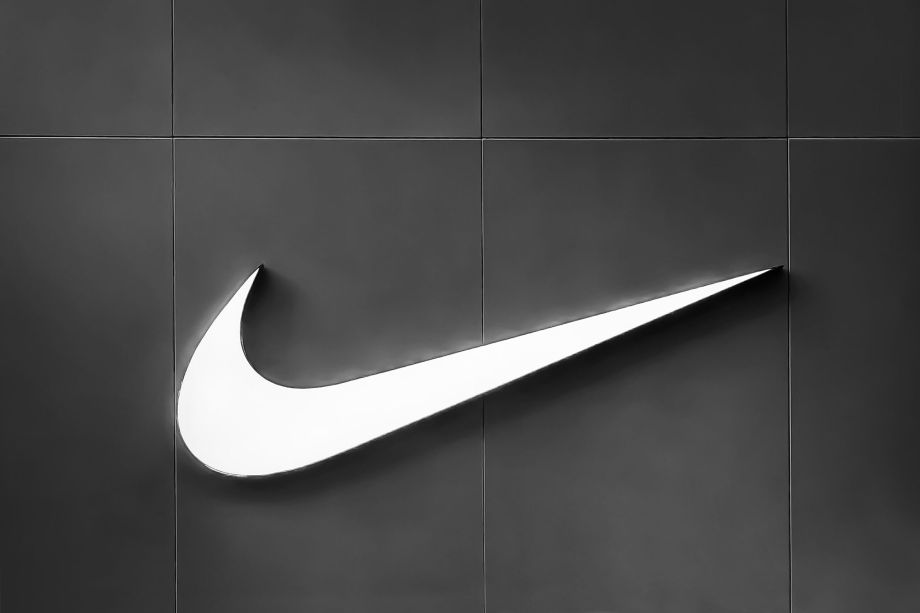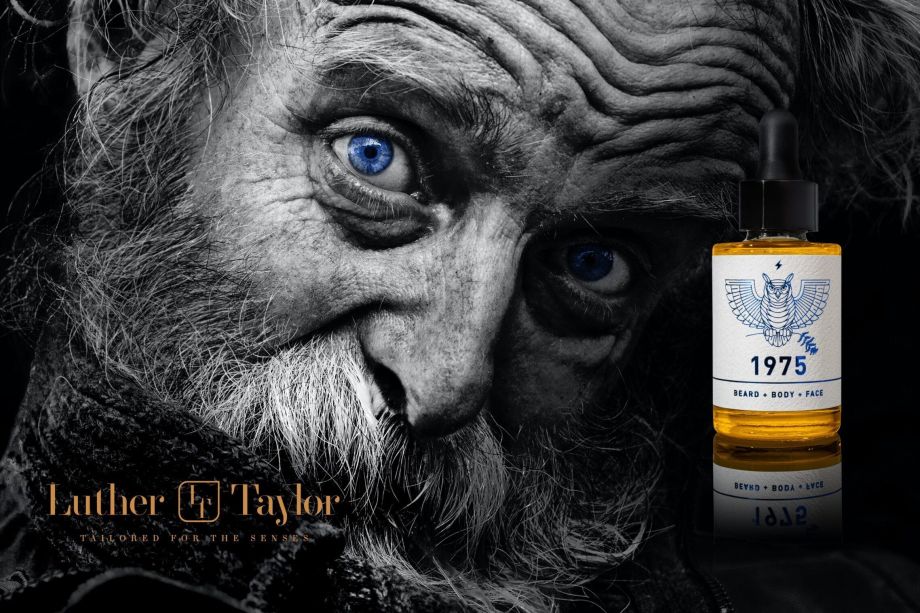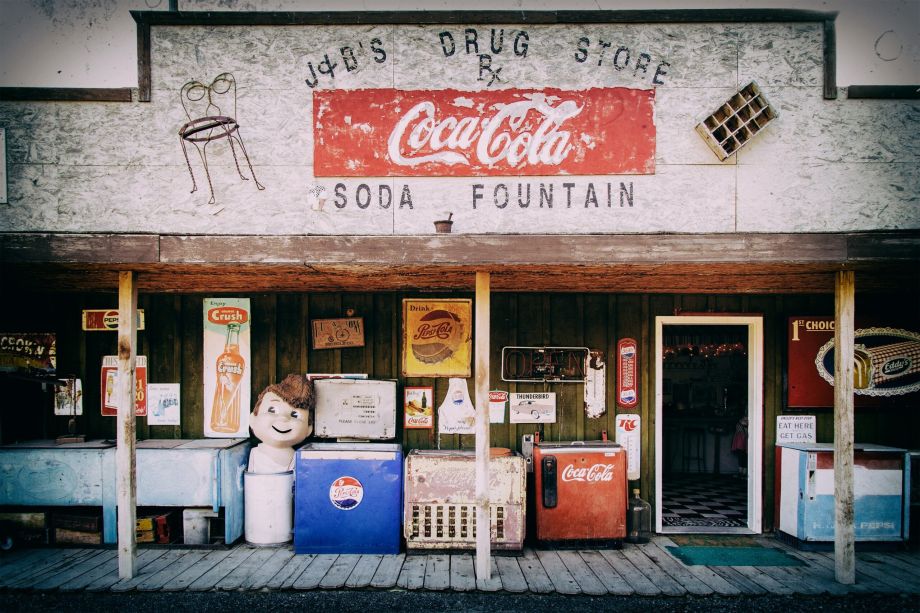“there is no substitute for guts”
— Paul Bear Bryant
Engage. Inspire. Motivate.
Let us engage you on a journey through a world of creative, inspirational storytelling that motivates us to expand our minds, build on our experiences and humanize the branding process.

How organic content will make your competitors green with envy.
Organic content is anything you produce that does not solicit paid traffic. Instead, users find you through a keyword search.

How a creative logo can enhance your bottom line.
In an ever-changing and ultra-competitive world in all facets of business, one of the most critical parts in establishing and sustaining a successful brand is the first impression and remaining identifiable to the public and especially the…

Beard—volution
In just the past five calendar years, the world of beards has become more than just a fashionable look for men. It has become “big business,” and more specifically, the beard grooming market has proven to be a rising and lucrative one. …

The Good, The Bad, and Just Good Enough
Let’s face it; we’ve all heard the old saying, “A picture is worth a thousand words” well, it’s worth way more. Consumers usually do not want to be told why they should choose a brand; they want to see it! You are looki…

Things we love about Road Trips
The adventure is planned, bags are packed with all the road trip accessories, GPS, and we are ready to go on an inspiring Road Trip. A Road trip is a favorite family-type vacation, and trip effects were bonding and forging close f…

Out of the Blue and into the Black
An unmistakable look, taste, feel, flavor, or sound. A brand that finds its way above and beyond just gaining respect and becoming successful. An item, a person, place, or something that grows to become woven into the thread of pop culture a…